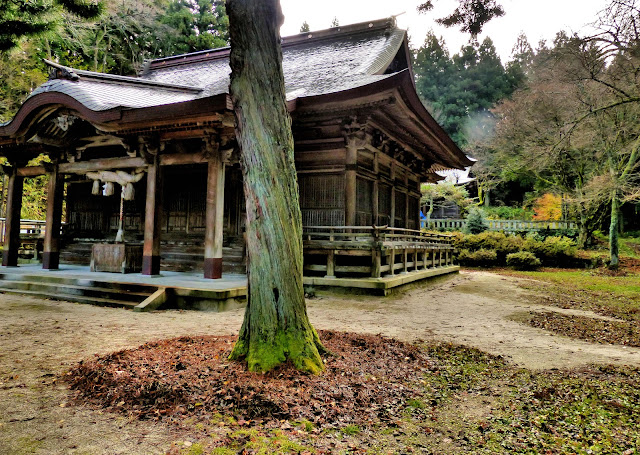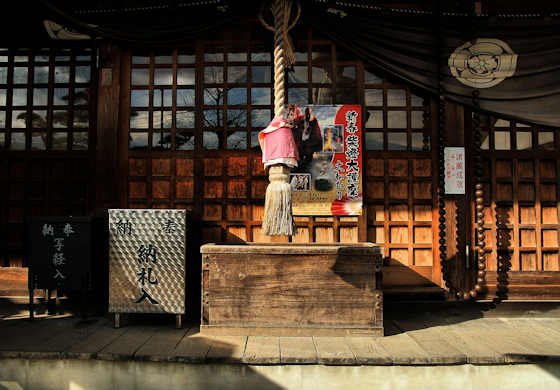Friday, April 14, 2023
Mountain Shrines Autumn Foliage
Labels:
gingko,
komainu,
kunisaki fall,
Shrine,
torii
Thursday, April 13, 2023
Isonomiya Hachiman Shrine Takehara
Monday, April 10, 2023
Iwami Mandala Kannon Kanzeonji Temple
The previous post in this series was Iwami Hachimangu.
Labels:
iwami ginzan,
iwami33,
nio,
omori,
temple,
world heritage
Sunday, April 9, 2023
Makino Botanical Garden Kochi
The garden covers 6 hectares and contains more than 3,000 species of plants from local to exotic.
The previous post in this series on walking the Ohenro was the Museum of Art Kochi.
Friday, April 7, 2023
Many Fudo Myoo at Tsubakido Henjoin
Tsubakido Henjoin is the collective name for a couple of adjacent temples, Tsubaki Kannon, and Tsubaki Daishi located in the mountains of the remote Kunisaki Peninsula in Oita, Kyushu.
The origin of the temples is said to be when Kobo Daishi visited here after returning from Chima. He is said to have made a journey to Usa Hachimangu and then come u onto the Kunisaki Peninsula to get a view of his "home" country of Shikoku.
The temples are very popular and are known for a wide variety of "this worldly benefits", known as genze ryaku in Japanese, and like most such temples there is a profusion of different statues.
The previous post in this series on the Kyushu Fudo Myo Pilgrimage was Shunkoji Temple.
Labels:
Fudo Myojin,
kobo daishi,
kyushu fudo
Sunday, April 2, 2023
Inada Shrine & Princess Kushinada
The previous post in this series on Okuizumo was Shinsoji Temple.
Wednesday, March 29, 2023
Monjuin Temple & Emon Saburo
On the mountainside between temples 11 and 12 in Tokushima, Emon, exhausted and close to death, collapsed. Kobo Daishi appeared and granted him absolution. He asked to be reborn into a wealthy family so that he could restore a neglected temple.
Labels:
ehime,
emon saburo,
Fudo Myojin,
henro,
kobo daishi,
shichifukujin,
temple,
tengu
Subscribe to:
Posts (Atom)



































































